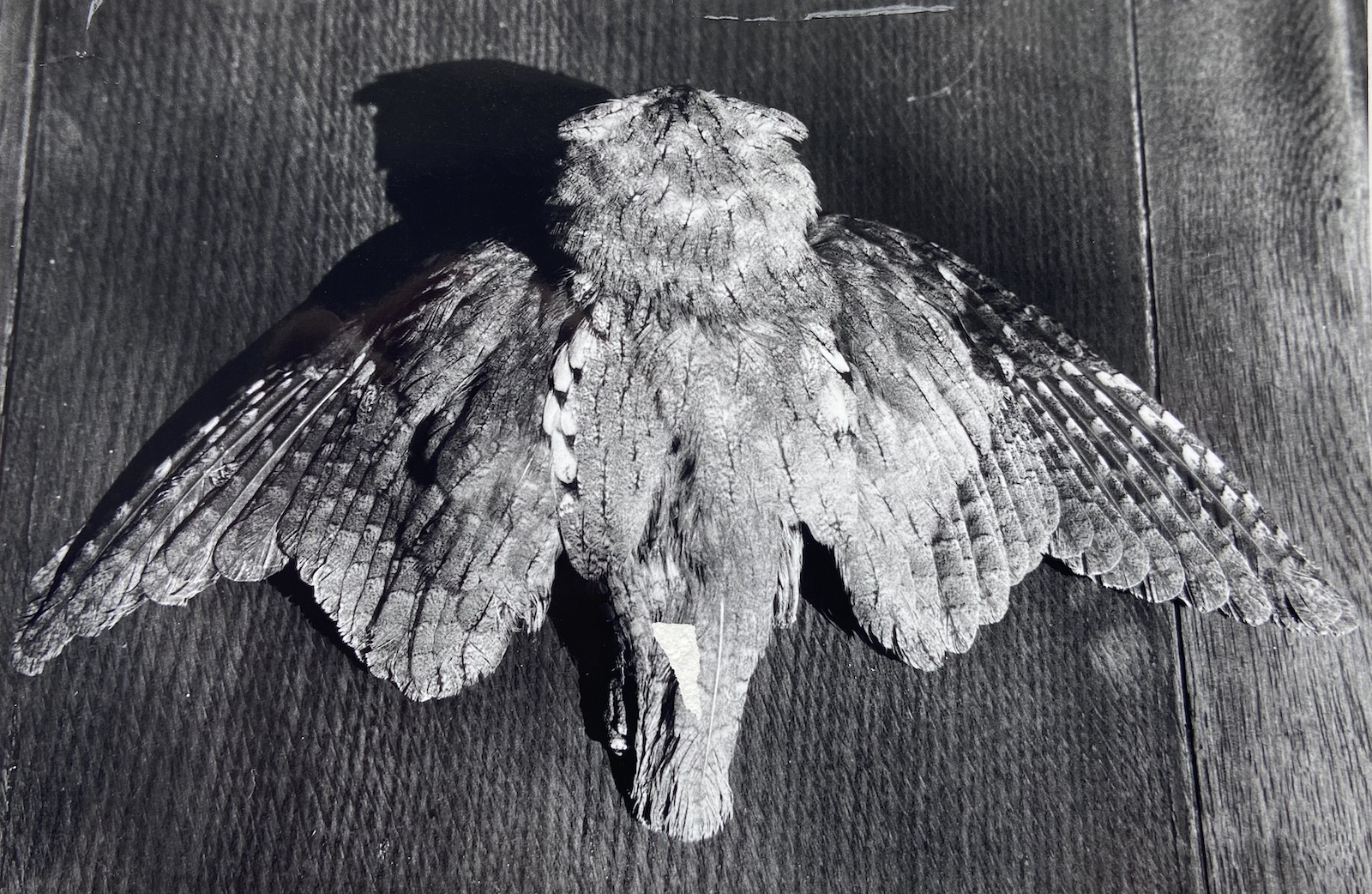Scops Owl Otus scops

A bird found dead in an emaciated condition at Saltfleetby on April 7th 1977 remains the only accepted record of this diminutive Otus. Another specimen held in Lincoln Museum was said to have been obtained at Dunston in 1895, but the wording does not inspire confidence that its provenance is genuine and it is omitted from the county archive.
There have been 44 British records, 41 of them 1950-2018, 13 of them since 2000; it is still a very sought-after bird. The most recent British record was a long-stayer in County Durham, September 27th-October 6th 2017, and was in fact only the second for the north-eastern sector of England along with the 1977 Saltfleetby record. Autumn birds are especially rare, and the numbers and distribution of British records suggest it is overlooked in that season - the finder of the Durham bird was in fact following a Chiffchaff Phylloscopus collybita at the time! They are a long-distance migrant with a European population estimate of 226,000-380,000 pairs (Birdlife International 2022), so surely, we can be optimistic for one in the coastal scrub in the near future?
| Site | First date | Second date | Count | Notes |
| Saltfleetby-Theddlethorpe NNR | 07/04/1977 | - | 1 | Found dead |
Report: Scops Owl at Saltfleetby-Theddlethorpe NNR, April 7th, 1977: first county record
by S. Lorand
Note: this account is taken from the original Rarities Committee submission. At the time it was the 11th British record since the formation of the RC, but with 49 records up to 1949 this probably reflects the propensity for shooting and collecting these birds in that era.
Circumstances
On April 7th, 1977, Mr. C. Marsh of North Somercotes informed me that he had found a dead owl which he could not identify. He had been out snaring rabbits in the dunes at nearby Saltfleetby when he had found a wet and bedraggled corpse on a grassy bank. Thinking it was just a Little Owl, he put it in his pocket to bring home as he does some taxidermy, though most of his subjects are wildfowl, game birds and fox and badger ‘trophies’.
After drying the specimen, he noticed the ear tufts and realised that it was not a Little Owl and was something completely unknown to him. He informed me and allowed me to take the bird home for close examination.
The bird was in a poor and emaciated condition, the weather had recently been very cold. The state of the eyes and scent of the bird led me to estimate that it had been dead for 4-5 days. I informed K. Atkin, and he took several photographs of the bird on the following day before Mr. Marsh preserved the skin. I know Mr. Marsh very well and can vouch for his reliability.
Description and examination
Upperparts - grey-brown feathers with blackish brown shaft streaks and closely vermiculated. White subterminal spotting present on some feathers of crown, nape and ear tufts, these spots divided by the dark shaft streak. Sides of mantle tinged rufous and outer webs of scapulars cream, suffusing rufous on outer edge with black tips to feathers. Tail in poor condition and not examined minutely, but much the same grey brown as rest of upperparts with mid-brown, wavy tail bars.
Facial disc - greyish and facial ruff extending to level of upper eye-lids, rufous, tipped black. Iris lemon yellow.
Underparts - grey- brown with rufous tinge on breast, feathers again with dark shaft streaks and fine vermiculations. Underwing creamy-grey with brown and rufous barring.
Wings - less grey than mantle with creamy white spots on outer webs of outermost primaries. White patch on outer web of outer median covert and on three outer greater coverts. Lesser coverts conspicuously rufous. Emarginated 3rd and 4th primaries, 2nd serrated on outer web. Fourth primary longest.
Bare parts - feet blackish and bill brown-black.
Biometrics - Wing 167 mm., bill 16 mm., tarsus 29 mm.
Reference
BirdLife International (2022) Species factsheet: Otus scops. Downloaded from http://www.birdlife.org on 05/10/2022.
(Account prepared December 2017; updated with reference to the new Birds of Lincolnshire (2021), October 2022)

